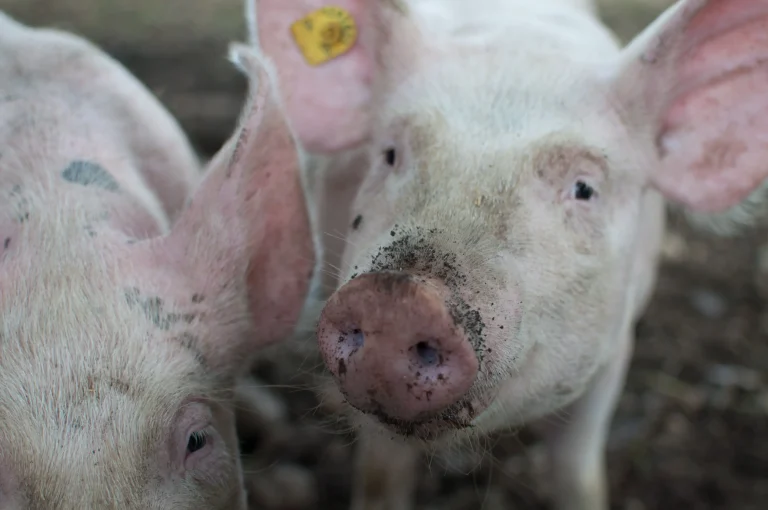New genetic options to suppress one of the world’s most prolific fruit pests could be opened, after Chinese scientists successfully ‘knocked out’ a gene linked to its reproduction.
Researchers at Shenyang University used the gene-editing technique CRISPR-Cas to target a gene known as TEKT4L in the codling moth (Cydia pomonella), considered one of the worst alien species in the world and the most destructive pest facing apple producers.
Gene editing used to suppress pest moth populations
Previous work had highlighted genes involved in the production of tektin, which is essential for sperm formation, as possible targets for gene edits, and further work by the team identified TEKT4L as having the highest expression in the testes of the moth.
The team then used the gene-edited moths in a trial of an approach known as precision-guided SIT (pgSIT), which builds on the sterile insect technique, where infertile male insects are produced for release into ecosystems, mating with females and producing no or few offspring.
When used at scale in appropriate areas, such approaches can cause populations of troublesome insects to crash. Conventionally, insect infertility is achieved using exposure to low levels of irradiation, but the use of gene-edited specimens is part of a new wave of research, using recently available genetic tools.
Promising trial results against a major agricultural moth
When the scientists mated the edited male moths with wild females, eggs were produced but only just over 15% developed properly; 70% didn’t. In cage experiments, females that mated with sterilised males laid the same number of eggs as those that mated with normal males, however the hatch rate of eggs from pairings with the edited males was lower.
A tailored approach is needed when considering suitable release rates of moths modified in this way, the work suggested. When the researchers increased the ratios of edited to unedited males in their experiments to 5:1 from 3:3, they saw the mating competitiveness increase to a level where population growth could be stopped within three generations.
“Taken together, our findings indicate that utilizing CRISPR/Cas 9 technology to generate TEKT4L knockout populations has the potential to offer a proficient, secure, expandable, and ecologically sustainable method for controlling Cydia pomonella populations,” the researchers wrote in the journal Insect Biochemistry and Molecular Biology.
However, they noted that further assessments will be needed to calculate the financial cost of using pgSIT versus conventional approaches to insect sterility, while regulations need to be in place to allow the genetic modifications used in the work to be applied commercially in the field.
Key takeaways
- CRISPR-based gene-editing techniques can suppress populations of key pest moth species in lab settings.
- Lab trials showed significant reduction in targeted moth progeny, demonstrating potential field application.
- This method offers precision pest control without chemical insecticides, reducing environmental impact.
- Major challenges remain, including regulatory approval, ecological safety, and public support.
- Further field trials are needed to validate effectiveness and address ethical and ecological concerns.
Want to read more stories like this? Sign up to our newsletter for bi-weekly updates on sustainable farming and agtech innovation.










